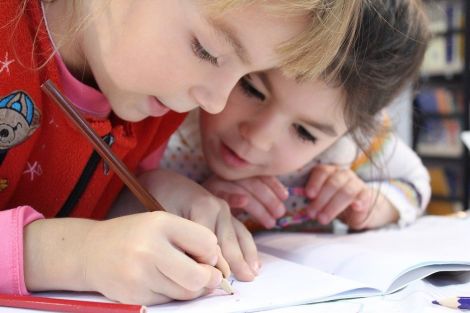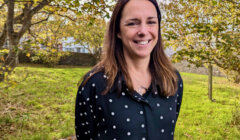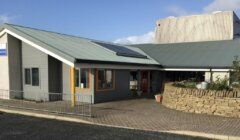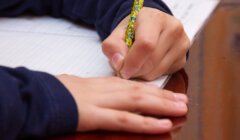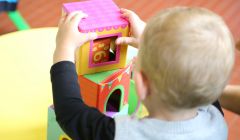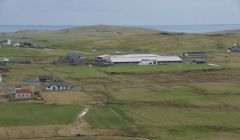Education / Education chiefs seek explanation for poor attainment results
THE SECRETARY of the largest teachers union in Shetland has called for a review of resourcing after isles’ pupils assessments slumped to among the lowest in Scotland.
The latest official figures show that isles’ bairns in S3 fourth level scored less than half as well as East Lothian ones for attainment in “listening and talking”.
Some other measures like numeracy and literacy were down on previous years for some of the year groups.
EIS secretary Mathew Moss said that he expected a “positive response” from Shetland Islands Council on budgets, staffing levels and the effect of inclusion of additional support needs (ASN) pupils in mainstream classes.
The figures, released in December, show a declining trend for Shetland, which was roughly average in local authority rankings in 2016/2017 before slipping to one of the poorest performing authorities in 2018/19.
Moss said: “It is a complicated picture and there are issues around standardised testing being a very blunt instrument, and when you put it into a league table it does not tell the whole story.”
He added that teacher pupil ratios and composite classes both had an effect on attainment levels.
The union, among other things, was looking for a reduction in teaching hours from 22 and a half to 20 hours per week and a maximum class size of 20.
He said that while the inclusion of ASN pupils was “the right thing”, the national policy also had to be properly resourced. ASN teacher numbers had reduced by about 20 per cent in recent years, though they had increased slightly over the past two years.
SIC acting quality improvement manager for education Robin Calder said that while P4 and P7 levels in literacy and numeracy had fallen, those for P1 and secondary three had actually risen.
Calder added: “What we are doing at the moment is having conversations with all the individual schools, trying to understand these data.
Become a member of Shetland News
“I think we have to be careful as well that each year group is different in terms of the needs of the individual children. Some year groups in some schools are very small.
“We are looking at all the schools information on their attainment levels. We can reflect at local authority level and consider areas of improvement and learning points for the local authority.
“We are working with all the individual schools to get a full account of their own attainment narrative in order to properly understand that.”
Calder added that national qualification rates (formal examinations) continued to be very high for Shetland pupils.
The combined score for P1, P4 and P7 in reading was that 74 per cent were meeting expected standards in 2019, down from 81 per cent in 2016. This was the second lowest in Scotland and five points below average.
The combined score for Shetland P1, P4 and P7 pupils in numeracy was also second lowest in Scotland at 70 per cent, which was down from 74 per cent in 2016 and a full nine points below the national average.
Become a member of Shetland News
Shetland News is asking its readers to consider paying for membership to get additional perks:
- Removal of third-party ads;
- Bookmark posts to read later;
- Exclusive curated weekly newsletter;
- Hide membership messages;
- Comments open for discussion.
If you appreciate what we do and feel strongly about impartial local journalism, then please become a member of Shetland News by either making a single payment, or setting up a monthly, quarterly or yearly subscription.






